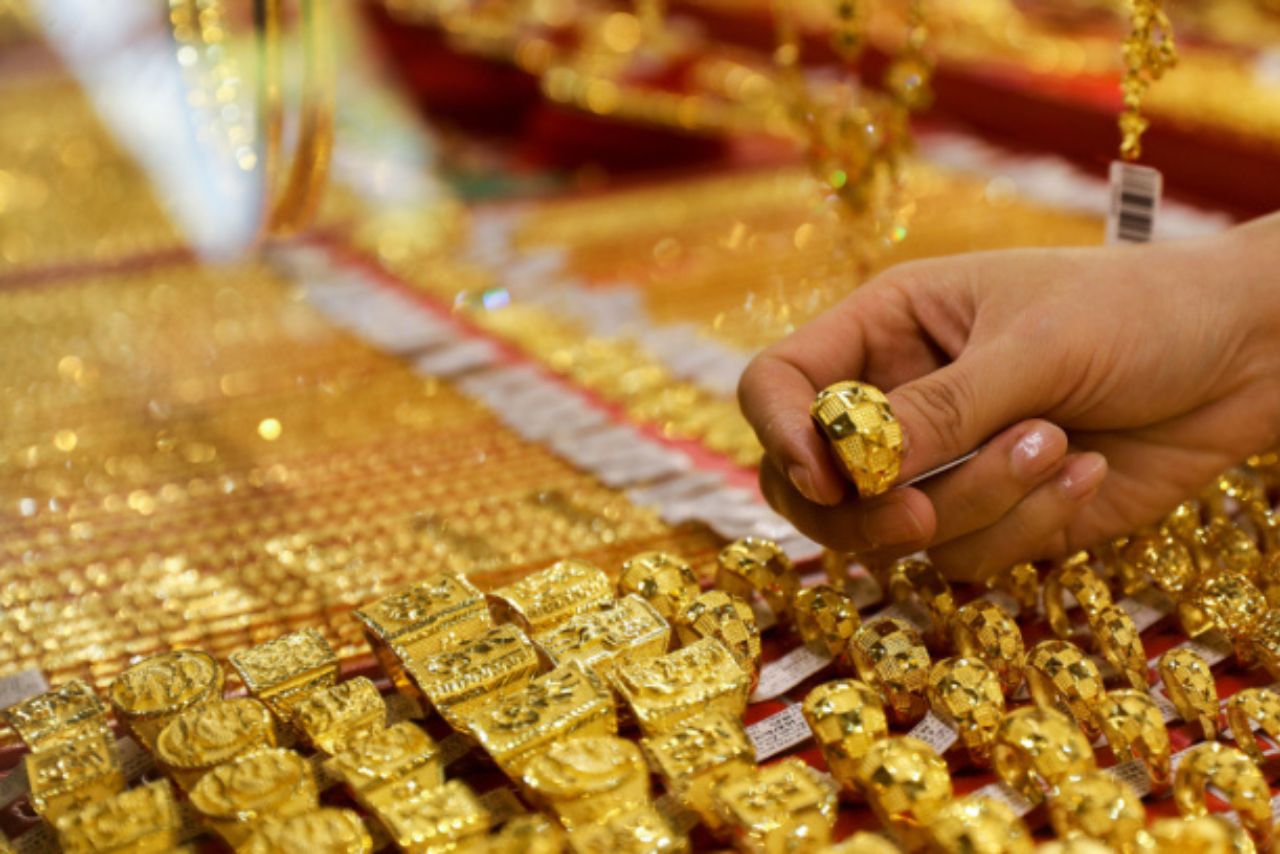

Gold, a precious metal revered for centuries, has recently hit an all-time high price, sending ripples through global markets. This lustrous element plays a crucial role in various industries, particularly electronics. Gold’s excellent conductivity and resistance to corrosion make it indispensable in manufacturing smartphones, computers, and other electronic devices. Its unique properties ensure reliable connections in circuit boards and enhance the performance of electronic components. Beyond electronics, gold finds applications in aerospace, medicine, and even environmental technology, highlighting its versatility and importance in modern innovation.
Moreover, gold serves as a cornerstone for economic stability in many countries. Central banks worldwide hold gold reserves as a safeguard against economic uncertainties. This precious metal acts as a hedge against inflation and currency fluctuations, providing a sense of security during turbulent times. Gold’s enduring value and global acceptance make it a reliable asset for nations to maintain financial stability and bolster their economic standing in the international arena.
Gold Price
Gold prices hit a lifetime high at ₹80,236 on 18th October 2024. Currently at 12:38p.m the yellow metal is trading at USD 2,706 per ounce in the international markets.
What’s Fueling the Gold Rally?
The recent surge in gold prices can be attributed to a complex interplay of global factors. Widespread geopolitical conflicts have fueled uncertainty in financial markets, driving investors towards safe-haven assets like gold. The ongoing tension between Israel and Iran has raised concerns about regional stability, potentially impacting oil supplies and global trade. Additionally, the looming threat of conflict between North and South Korea has added to the geopolitical unease. China’s increased military activities in Taiwan’s waters have further strained international relations, contributing to market volatility.
The upcoming U.S. elections have also cast a shadow of uncertainty over global markets, as potential policy changes could significantly impact trade relations and economic strategies. These geopolitical tensions have collectively created a climate of apprehension, prompting investors to seek refuge in gold. Furthermore, the electronics industry’s growing demand for gold in manufacturing has put additional pressure on supply chains. Countries, particularly China, have been actively purchasing gold to bolster their reserves, providing a cushion against economic uncertainties. This strategic stockpiling by nations has contributed to the surge in gold prices, reflecting a global trend toward securing financial stability in unpredictable times.
Also read…
Implications for the Indian Economy
The record-high gold prices are likely to have significant implications for the Indian economy. India, being one of the world’s largest consumers of gold, may face challenges in maintaining its
demand for the precious metal. The jewelry industry, a significant contributor to the country’s economy, might experience a slowdown as consumers grapple with higher prices. Stocks of jewelry companies could see fluctuations as investors reassess the sector’s growth prospects in light of increased gold prices.
The approaching Diwali season, traditionally a peak period for gold purchases in India, might witness a shift in consumer behavior. Shoppers may opt for lighter jewelry pieces or explore alternatives to gold. However, the cultural significance of gold in Indian festivities could still drive demand, albeit at a more measured pace. The government and financial institutions will need to closely monitor these trends to ensure economic stability and support industries affected by the gold price surge.
Written By: Dipangshu Kund
The post Gold Hits All-Time High; Will Gold cross ₹1,00,000 this year? appeared first on Trade Brains.

